Table of Contents
● Introduction
● Market overview
● Key design and material innovations
● Top sellers driving market trends
● Conclusion
Introduction
Still life painting, a genre revered for its quiet contemplation and intricate detail, has evolved significantly from its classical roots. Initially celebrated for its ability to capture the fleeting beauty of inanimate objects, the genre has seen a resurgence in popularity, driven by a blend of tradition and innovative artistic techniques. Today’s artists not only adhere to their predecessors’ meticulous craftsmanship but are also integrating modern materials and methods that appeal to a diverse range of collectors. This contemporary adaptation has infused the age-old genre with new life, making still-life paintings more relevant and captivating than ever. As a result, artists and collectors are drawn to the unique combination of historical reverence and contemporary relevance in today’s still-life art market.
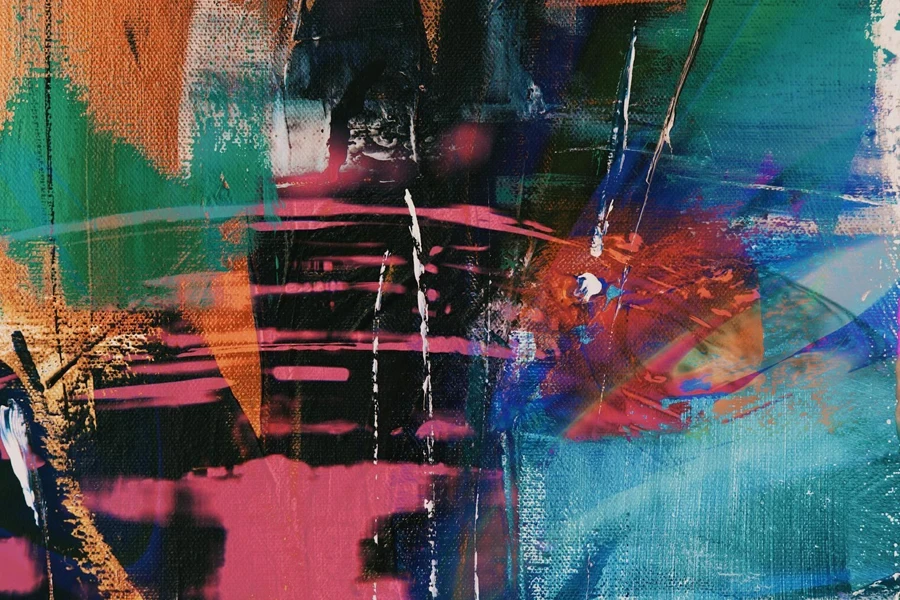
Market overview
The still-life painting market is experiencing significant growth, driven by a renewed interest in traditional art forms enhanced with modern techniques, according to Fact.MR, the broader art and sculpture market, within which still-life painting is a significant segment, is projected to expand from $43 billion in 2024 to $115.64 billion by 2034, reflecting a compound annual growth rate (CAGR) of 10.4%. This resurgence underscores a vibrant return to appreciating still-life paintings’ nuanced craftsmanship and symbolic richness.
Emerging trends indicate a growing consumer preference for artworks that blend traditional themes with contemporary elements. This shift is significantly influencing the strategies of artists and galleries, focusing on innovative presentations and themes in still-life art to captivate evolving audience tastes. For instance, in a recent survey, 60% of art buyers expressed interest in pieces that integrate modern aesthetics with classical themes. Additionally, the market for contemporary still-life paintings has seen a 15% increase in sales over the past three years, highlighting the demand for this unique blend of old and new. Digital art platforms are crucial in reaching new audiences and expanding the market for still-life paintings. These platforms give artists greater visibility and offer collectors a convenient means of discovering and purchasing art. For example, online art sales accounted for 25% of the global art market in 2023, up from 18% in 2019, indicating a strong trend towards digital engagement
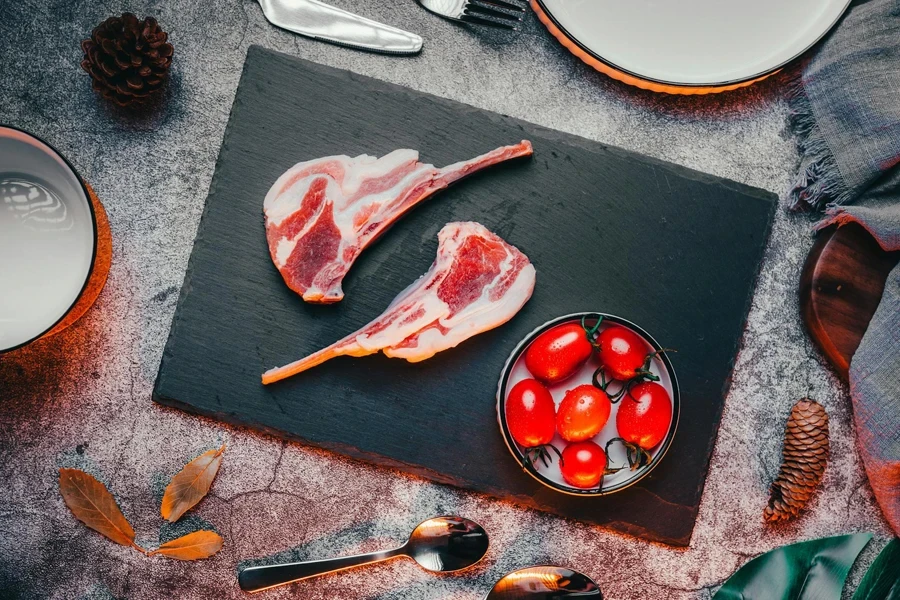
Key design and material innovations
Traditionally celebrated for their quiet and contemplative depiction of inanimate objects, still-life paintings are undergoing a transformative renaissance. Today’s artists not only adhere to their predecessors’ meticulous craftsmanship but are also venturing into uncharted territories by embracing innovative technologies, techniques, and materials. These advancements challenge the conventional boundaries of the genre and add unprecedented depth and dynamism to the art form.
Embracing modern technology in still-life art
Contemporary artists push the boundaries of still-life painting by integrating modern technology into their creative processes. This includes using 3D printing and digital imaging techniques to create intricate and detailed compositions that challenge traditional perspectives. According to Singulart, artists like Sergey Teplyakov are revisiting historical themes but with tools that allow for precision and a mix of media that were previously unavailable, creating pieces that resonate with both historical accuracy and a fresh modern look.
New materials bring enhanced textures and effects.
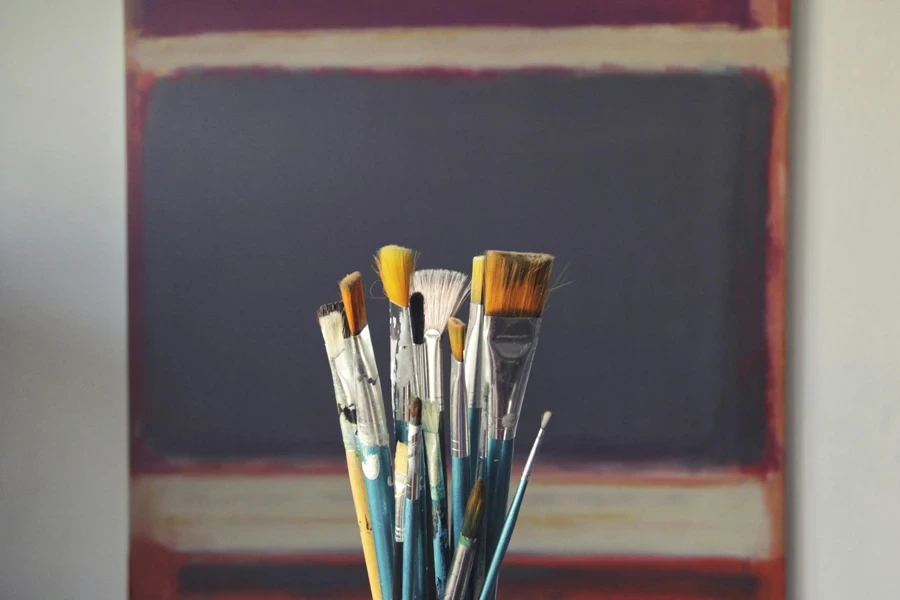
In the realm of materials, there has been a notable shift towards using non-traditional substances that offer new textures and effects. The Art Life Gallery notes that artists are now experimenting with materials like resin and mixed media to add depth and realism to their works. These materials allow for a greater range of expression. They can highlight particular aspects of the subject matter, such as the gloss of fruit or the translucency of petals, enhancing the sensory impact of the artwork.
Techniques that redefine the genre
Technological advances have also enabled artists to explore techniques that were once either impossible or highly impractical. For example, optical distortions captured through adjusted camera lenses or digitally altered images offer new ways of seeing common objects, a theme explored in depth on Singulart. This approach not only refreshes the genre but also invites viewers to question the reality of the depiction and the artist’s intention behind it.
Sustainability in material choice
Further influencing the evolution of still-life painting is the growing emphasis on sustainability. Artists increasingly opt for eco-friendly and sustainably sourced materials, responding to a broader societal push towards environmental consciousness. Using natural dyes, recycled fabrics, and biodegradable mediums is becoming more prevalent, as noted by Singulart, reflecting a commitment to sustainability that appeals to a socially and environmentally aware audience.
Interactive and immersive art experiences
The incorporation of interactive elements into still-life paintings is a trend gaining momentum. According to The Art Life Gallery, some artists embed sensors and interactive interfaces into their artworks, allowing viewers to engage with the piece through touch or movement. This interactive approach deepens the viewer’s engagement with the artwork and transforms the traditional viewing experience, making it more dynamic and personalized.
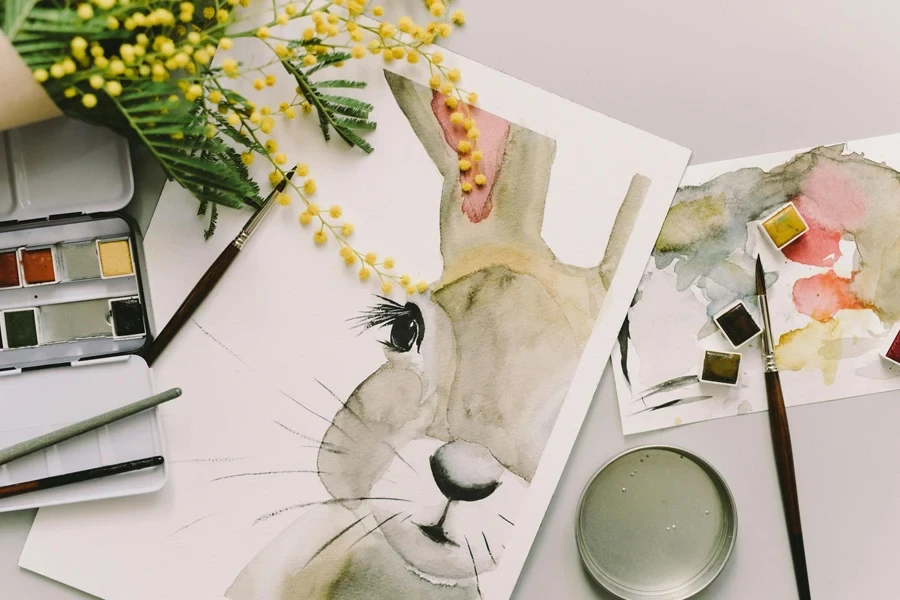
Top sellers driving market trends
Still-life painting, once considered a niche and static art form, is experiencing a dynamic transformation driven by leading artists and innovative galleries. These key players are reinventing the genre and significantly influencing market trends and consumer preferences. By blending traditional techniques with contemporary themes, they create still-life artworks that resonate with today’s audiences and reflect broader cultural shifts. Here’s a closer look at how these artists and galleries are shaping the evolving landscape of still-life painting:
Leading artists revitalizing still life
Artists like Stephen Rose, prominently featured in Mark Mitchell’s Paintings, are redefining still life painting with their unique approaches. Rose’s use of traditional subjects intertwined with modern symbolism and vibrant colour schemes reflects the growing consumer interest in artworks that blend classic aesthetics with contemporary insights. His influence is notable in how new artists approach the genre, integrating classical techniques with personal or modern-day narratives to appeal to a broader audience.
Galleries driving innovation and accessibility
Galleries such as The Art Life Gallery are pivotal in shaping the market trends for still-life paintings. By showcasing a mix of established and emerging artists, these galleries promote diverse styles and themes, influencing consumer tastes and expectations. The Art Life Gallery, in particular, is known for its dynamic exhibitions that highlight the beauty and complexity of still life and its evolution into a platform for cultural commentary and modern artistic exploration.
Impact of digital platforms on market trends
Platforms like Singulart are instrumental in expanding the reach and influence of still-life paintings. By providing artists with a digital space to exhibit their works to a global audience, Singulart facilitates a broader market engagement that traditional galleries might not reach. This exposure is crucial for driving the popularity of still-life paintings and attracting a new generation of collectors interested in the genre’s historical significance and contemporary relevance.
The symbiosis between artists and the market demands
The relationship between still-life artists and the market is increasingly symbiotic, with artists responding to and anticipating shifts in consumer preferences and artistic trends. This dynamic is particularly evident in how artists featured on platforms like Oil Painters of America address themes of transience and the material world, which resonate deeply in today’s cultural climate. The market’s response to these themes encourages artists to explore and innovate within the still-life genre, ensuring its ongoing relevance and vibrancy.
Cultural influencers reshaping still life
The influence of still life paintings extends beyond traditional art spaces, affecting cultural perceptions and artistic standards. Galleries and artists who push the boundaries of what still life can represent—such as those exploring ecological themes or using unconventional materials—are setting new trends that reflect broader societal changes. This cultural shift impacts consumer choices and inspires other artists to explore still life in ways that challenge and expand the genre’s traditional boundaries.
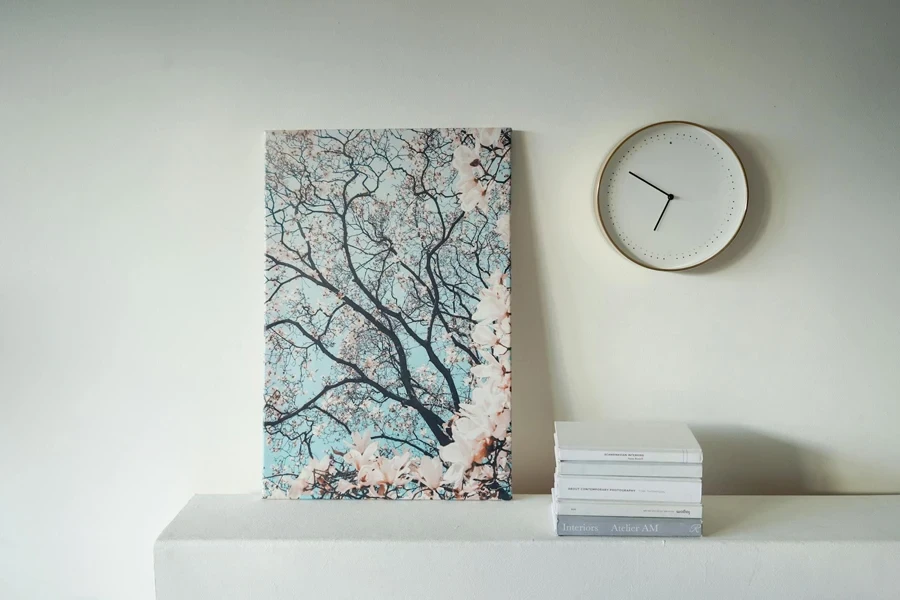
Conclusion
The still-life painting market is witnessing significant growth and innovation, underscored by a robust CAGR and a surge in global appreciation for this art form. The integration of new technologies and materials and the fusion of traditional and contemporary artistic techniques have revitalized still-life painting, enhancing its appeal and relevance in the modern art world. As artists continue to push creative boundaries and galleries expand their reach through digital platforms, still-life painting is thriving and adapting to meet a diverse audience’s evolving tastes.
The future of still life painting appears promising, with potential for further expansion as artists and galleries explore more interactive and immersive art experiences. The ongoing dialogue between traditional craftsmanship and modern innovation suggests that still life will continue to evolve, offering fresh perspectives and deeper engagement with themes that resonate across times and cultures. This dynamic evolution will likely keep still life painting vital and pertinent in the art community, attracting new generations of artists and collectors.
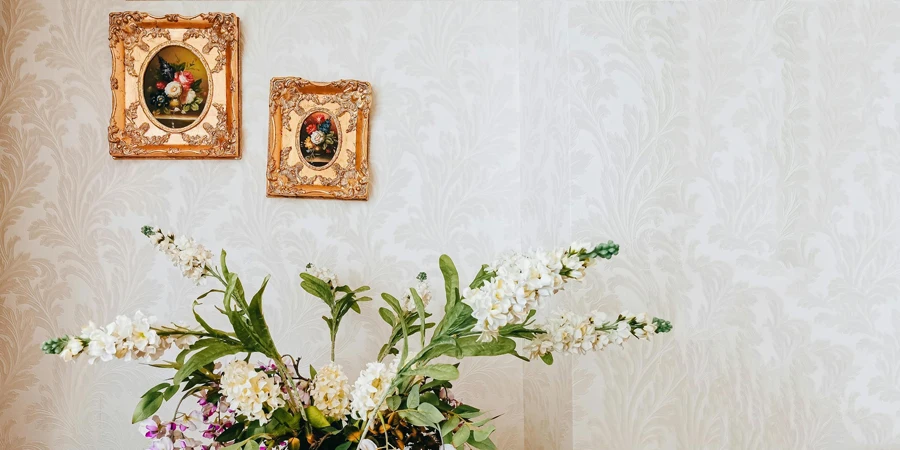




 Afrikaans
Afrikaans አማርኛ
አማርኛ العربية
العربية বাংলা
বাংলা Nederlands
Nederlands English
English Français
Français Deutsch
Deutsch हिन्दी
हिन्दी Bahasa Indonesia
Bahasa Indonesia Italiano
Italiano 日本語
日本語 한국어
한국어 Bahasa Melayu
Bahasa Melayu മലയാളം
മലയാളം پښتو
پښتو فارسی
فارسی Polski
Polski Português
Português Русский
Русский Español
Español Kiswahili
Kiswahili ไทย
ไทย Türkçe
Türkçe اردو
اردو Tiếng Việt
Tiếng Việt isiXhosa
isiXhosa Zulu
Zulu